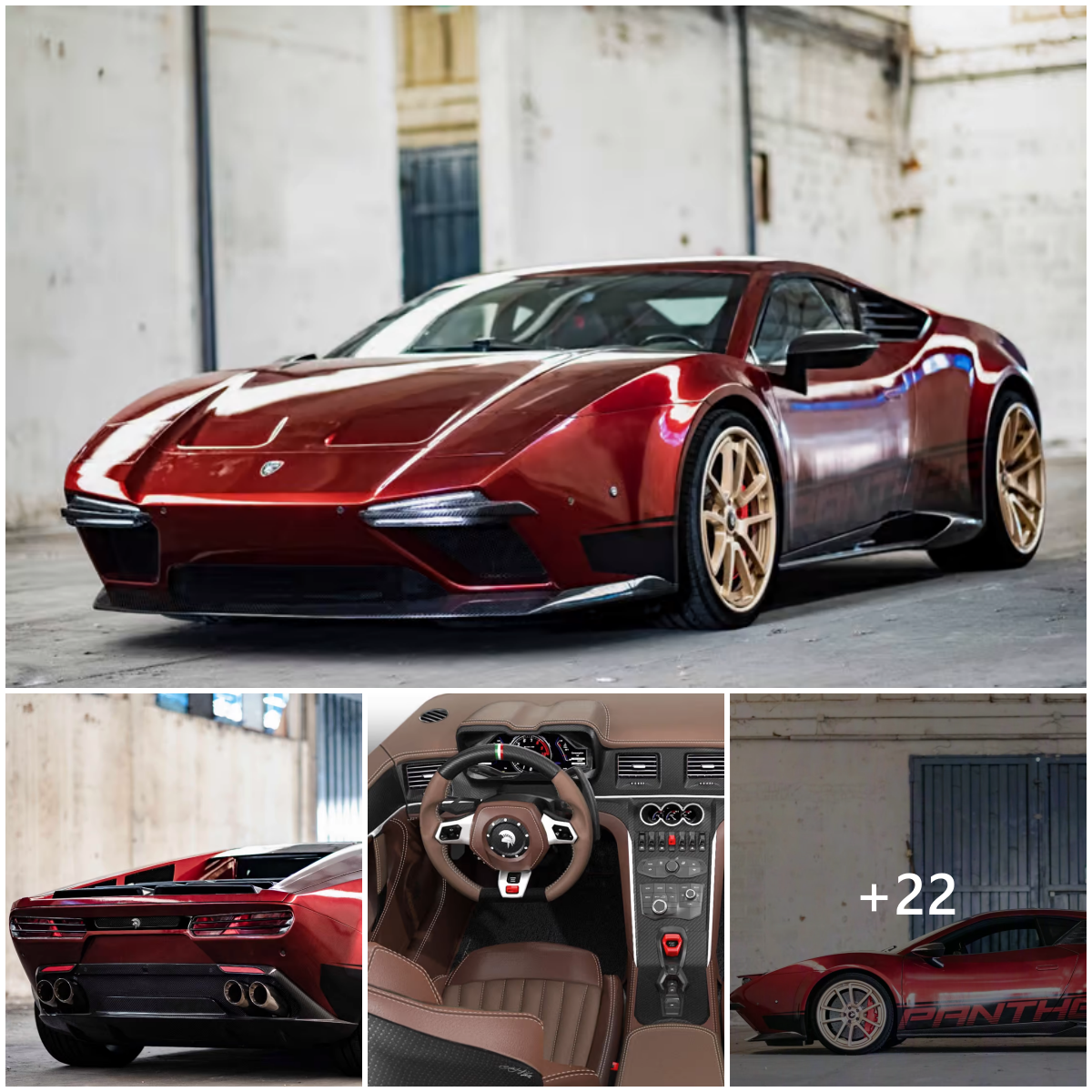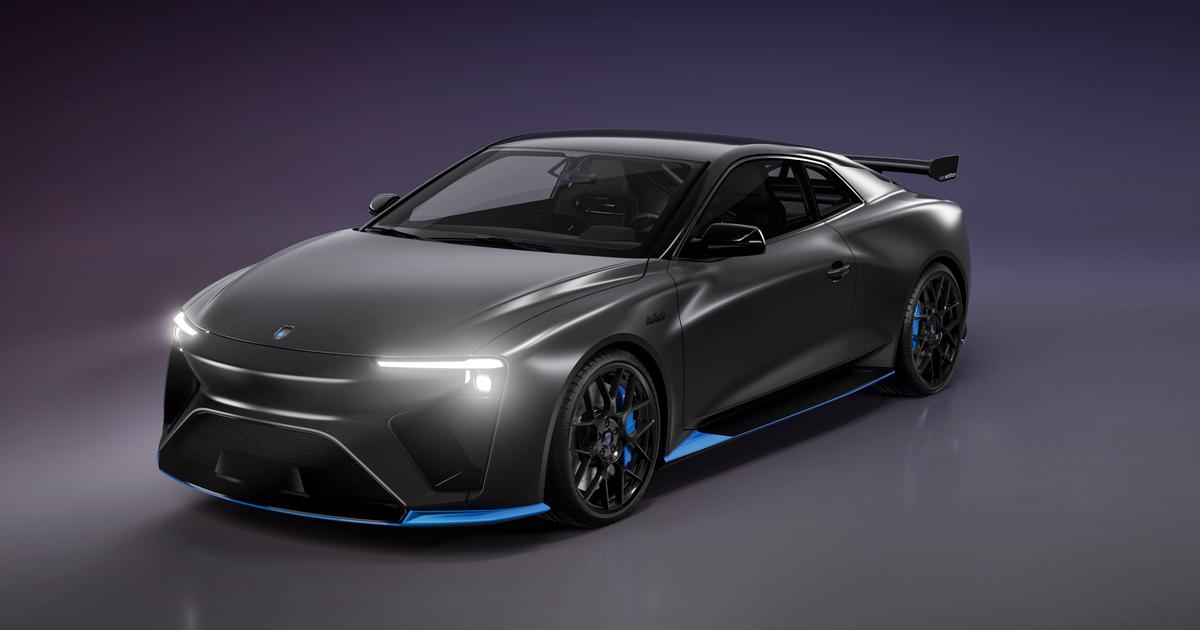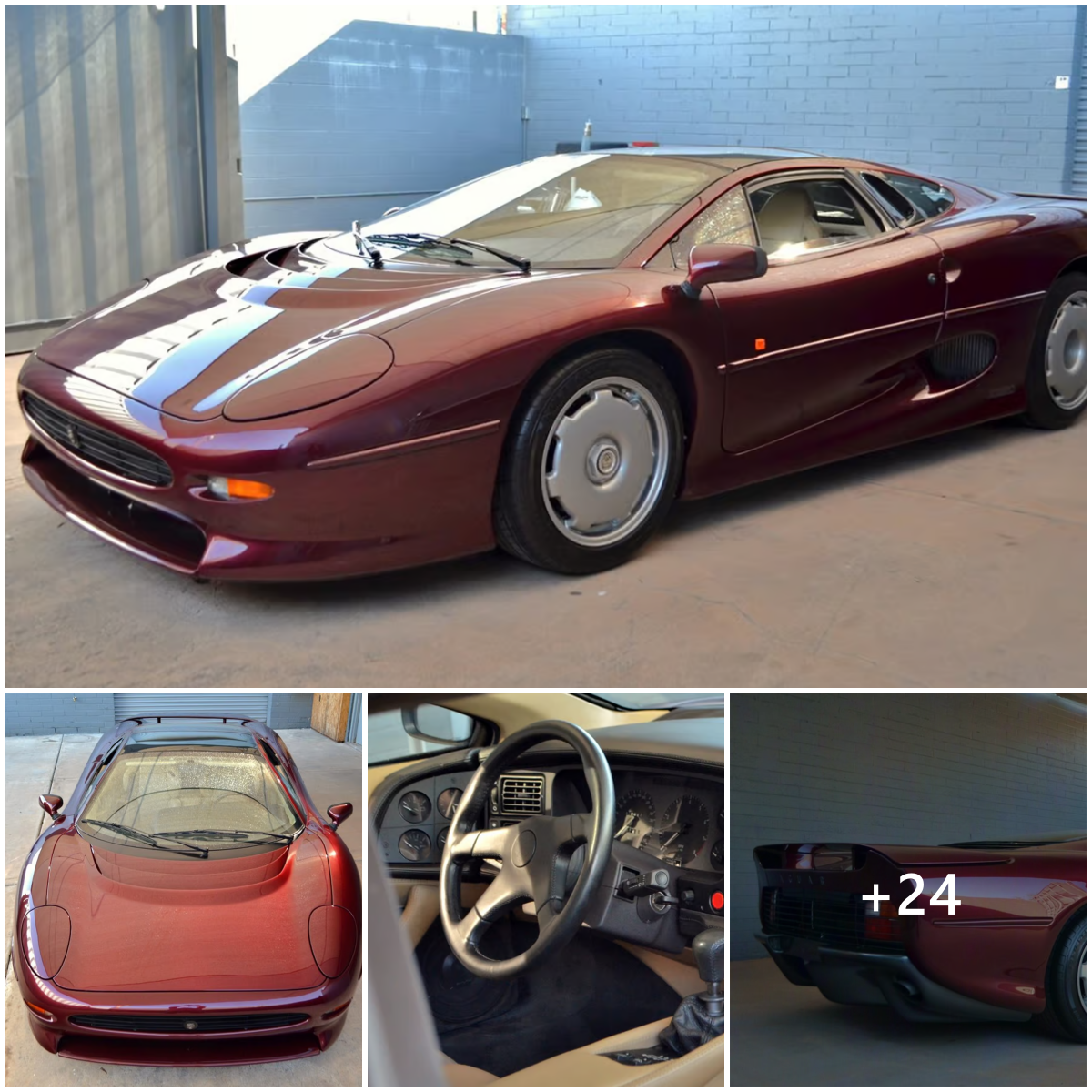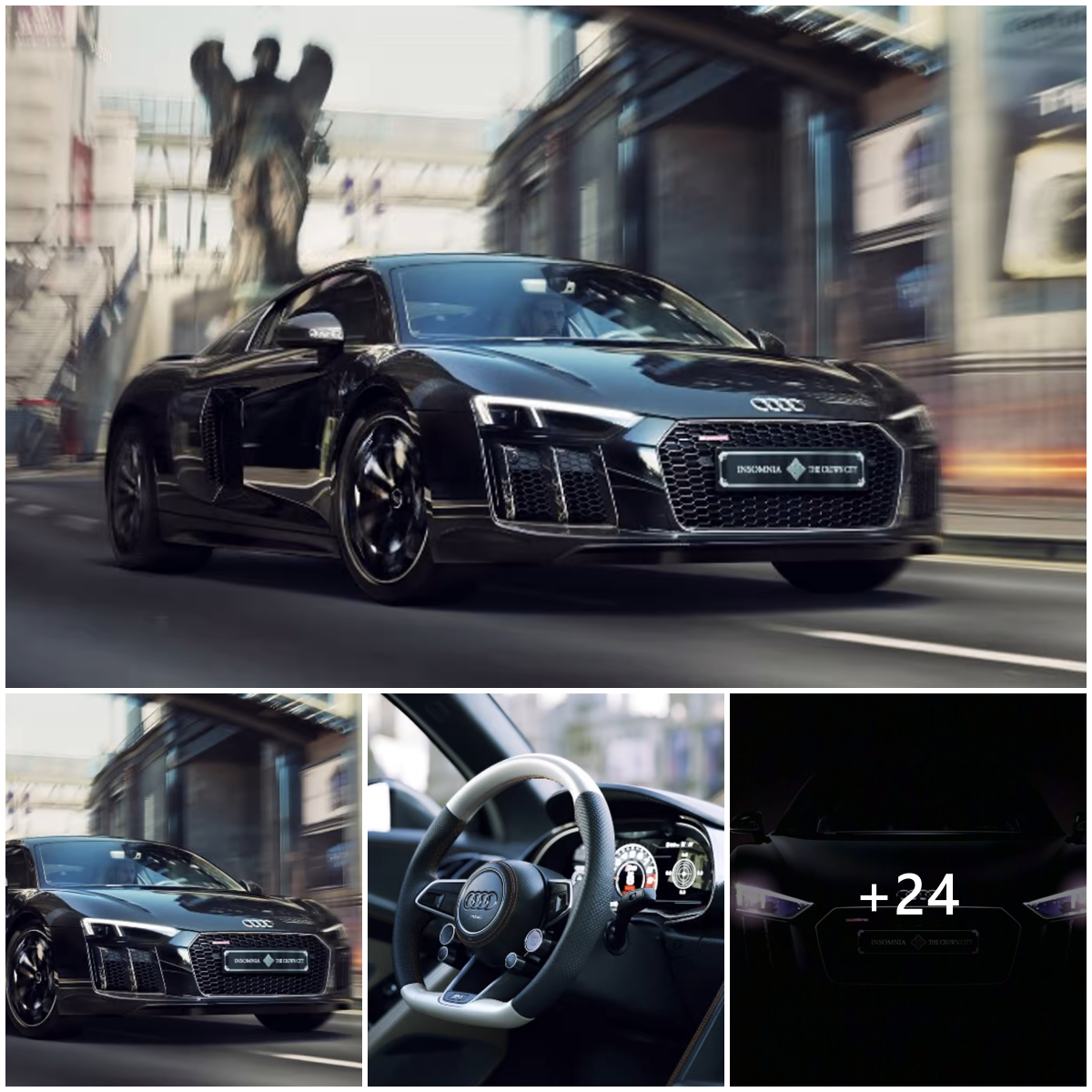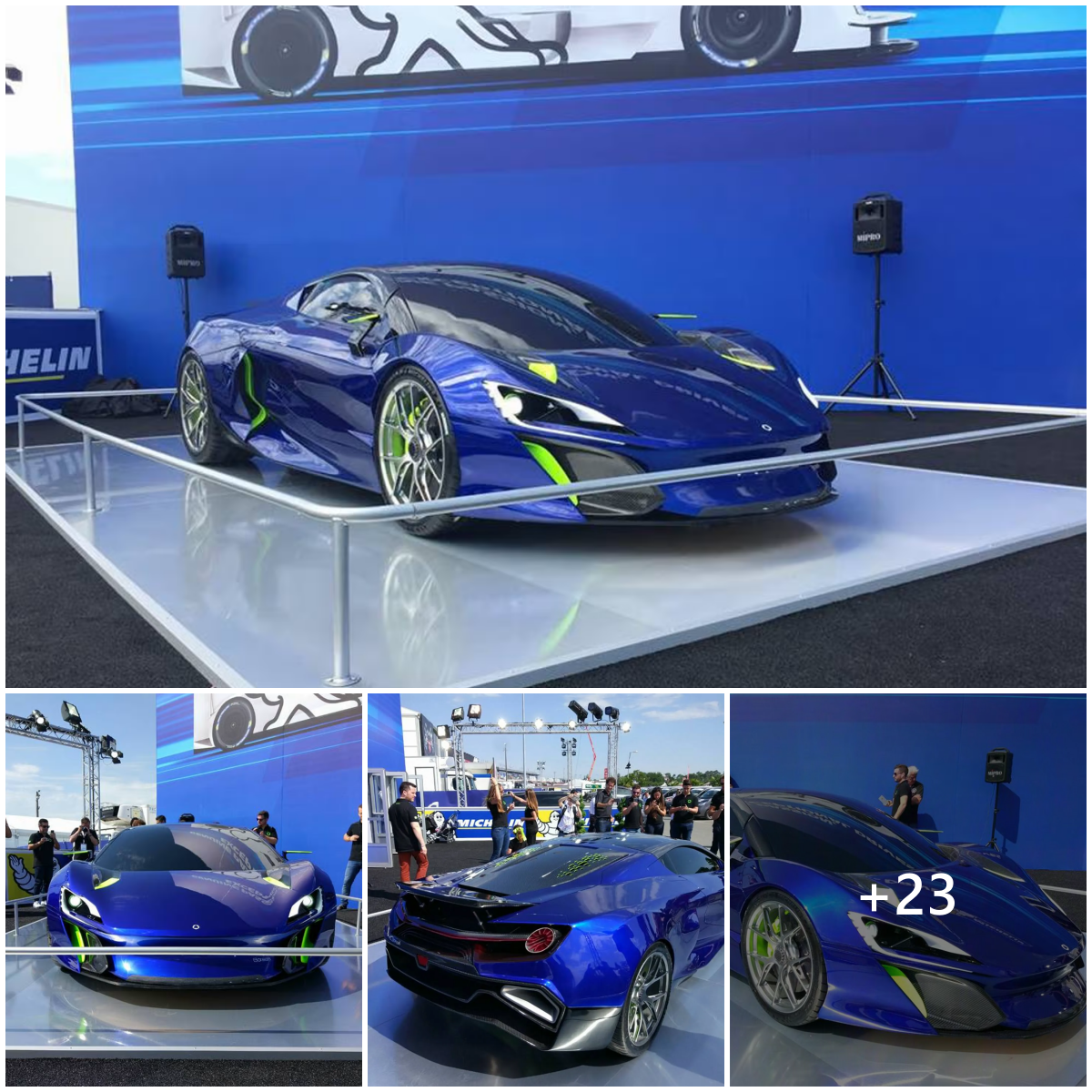McLaren was reasonably early on the whole hybrid supercar train; while the BMW i8 was the first to break cover in 2011, it didn’t hit production until 2014. By then, the McLaren P1, LaFerrari and Porsche 918 were all on the road making monster horsepower and bringing electrification into the realm of the exotics.
Strange, then, that it’s taken so long for McLaren to build another, but here we are in 2021 and the British company has finally unveiled its new Artura hybrid. Unlike the P1, which was a 375-unit special edition, this is a full production beast. And unlike basically every Macca you’ve seen for the last 10 years, it’s brand-spankers new from the engine and chassis out.
A huge model for the company, then; a fresh start on an entirely new platform. Not that you’d immediately guess to look at it. The design sticks pretty faithfully to the Stephenson-era McLaren formula, keeping that recognizable shape around the headlights, the big side air scoops, the “dihedral” upward-opening doors, and overall lines that have been the brand’s signature. Like the P1, it’s got a perforated cover over the back end, although this time it’s a bit sexier in laser-cut aluminum.
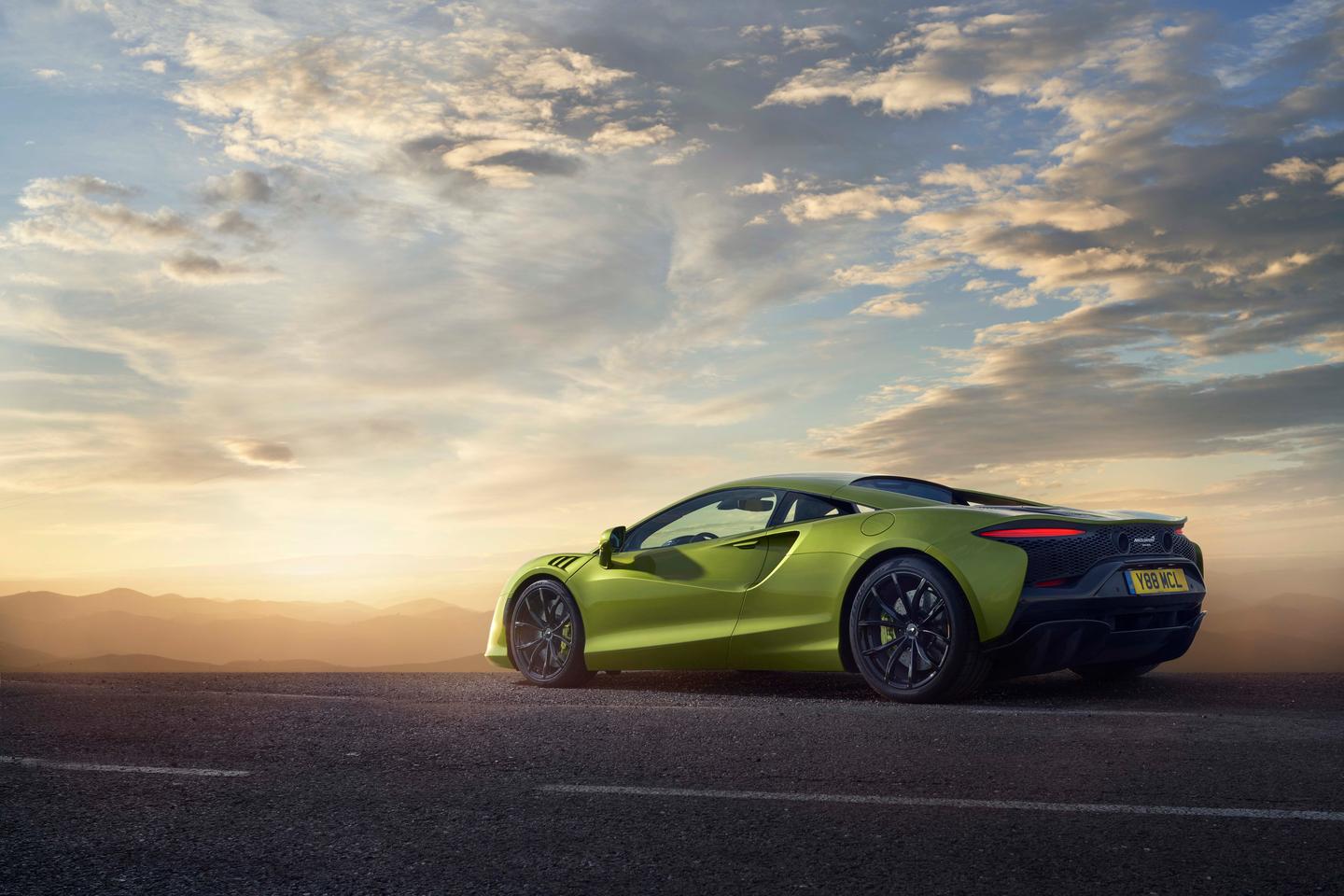
McLaren
The overall look is sharpened and muscled up a little, and there are some nice details to enjoy in additions like the gills over the front wheel arches and a blacked-out engine cover behind the cabin, as well as flying buttresses sweeping back and piercing the tail cover, sexy-spidery alloy rims and a pretty clamshell diffuser coming up beneath the back end. It’s a good looker, it’s just a bit surprising how familiar it feels as a brand new platform.
The powertrain, then. For the gasoline part, McLaren has gone for a brand new twin-turbo V6 design, a 3-liter donk some 110 lb (50 kg) lighter than previous V8s and more compact as well. Using a 120-degree “hot vee” configuration, it’s optimized to rev high, with an 8,200 rpm redline, and keep the center of gravity low.
By itself, the V6 makes 577 hp and 431 lb-ft (584 Nm) of torque. That’s about 193 hp per liter – a figure approaching modern superbike levels of power extraction.
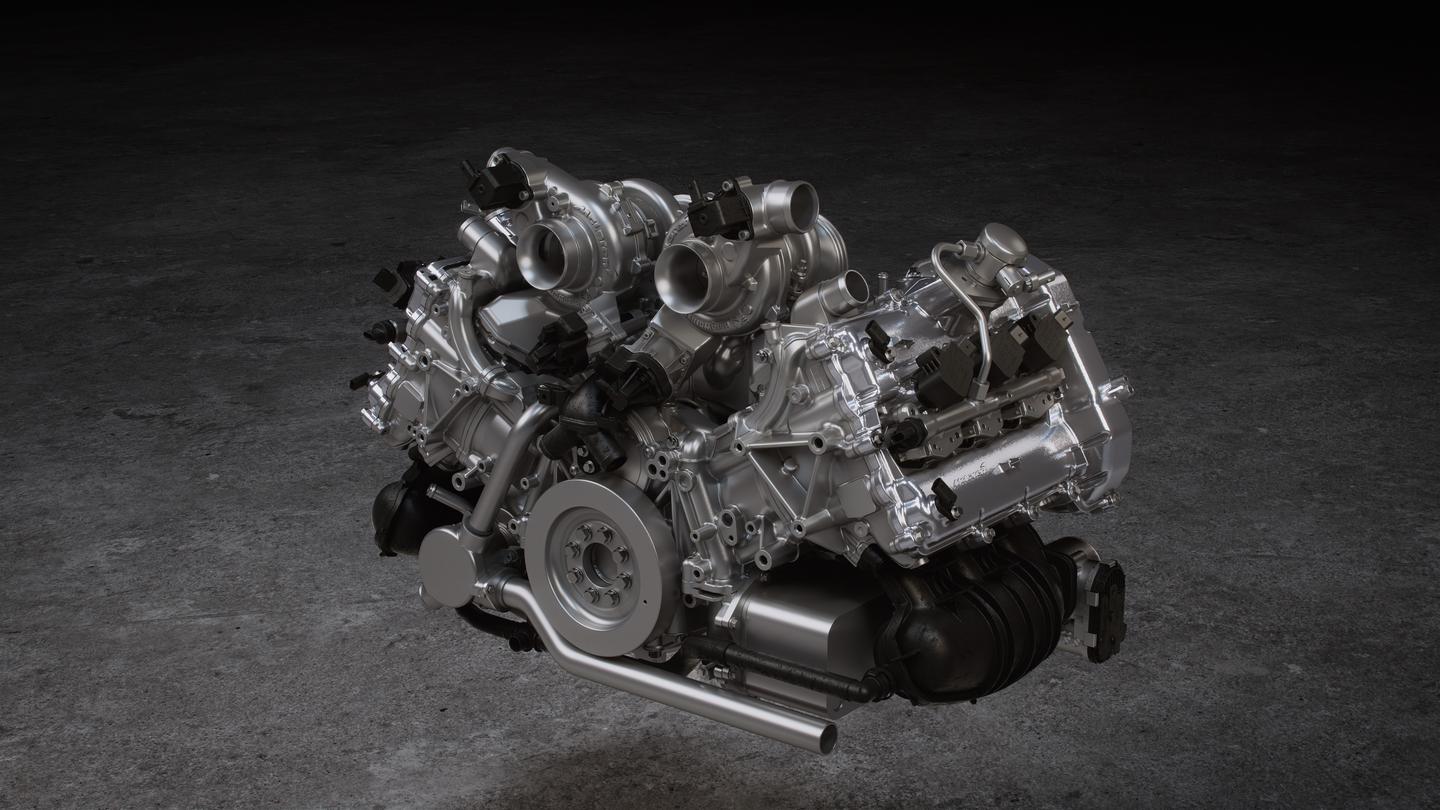
McLaren
The electric bit is perhaps a little less whelming on the spec sheet, a single e-motor chipping in just 94 hp. A good chunk of torque, though, at 166 lb-ft (225 Nm), giving the Artura peaks of 671 hp and 531 lb-ft (720 Nm) when both motors are pulling their hardest.
Sitting in between the V6 and the transmission, the electric motor is a lightweight axial flux design – the first on a series production car according to McLaren – which allows it to deliver high power and torque density from a small and lightweight package that suits the Artura’s lightweighting targets.
The battery pack’s pretty tiny: a lithium-ion pack storing 7.4 kWh of energy. If you want to drive the Artura on electric-only, you can, but the range is only around 19 miles (30 km).
Power is laid down to the rear wheels through a new eight-speed transmission, which doesn’t include reverse. Like the Lamborghini Sian, the Artura uses its electric motor for reversing. So these eight speeds are close ratios, and the transmission takes just 200 milliseconds to switch between them.
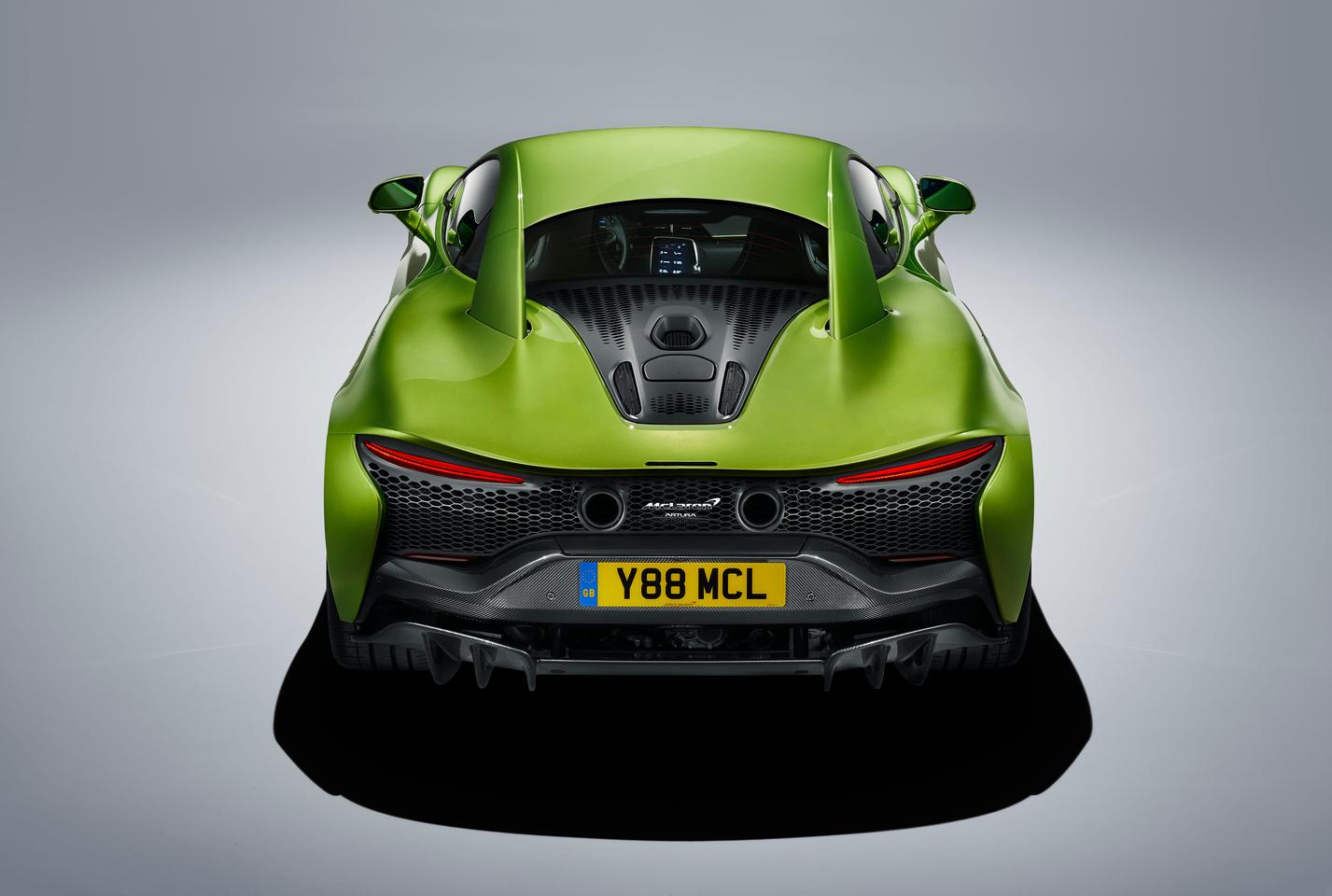
McLaren
Good thing, too; McLaren’s decision to send the e-motor’s output through the transmission to the rear wheels instead of driving the front wheels means the car can’t fill in the acceleration gaps during gearshifts with electric torque. On the positive side, it’ll definitely make the throttle hyper-responsive as the turbos spin up, and the e-motor will be more effective at high speeds. Acceleration is brisk: 3 seconds flat from 0-60 mph (0-96 km/h), 8.3 seconds from 0-124 mph (0-200 km/h) and 21.5 seconds from 0-186 mph (0-300 km/h). Top speed is an electronically limited 205 mph (330 km/h).
The entire chassis is new, too. It’s called the McLaren Carbon Lightweight Architecture (MCLA), and you can expect to see it on a range of future machines. Built to be light, safe and stiff, and to accommodate hybrid powertrains with crash protection for both the battery pack and the fuel tank, this monocoque design is the first major chassis overhaul since the MP4-12C.
The electrics get an overhaul too; the Artura’s many electronic systems all communicate via an Ethernet network with four main control computers throughout the vehicle. Lighter, faster and smarter, this new electronic backbone enables fun stuff like over-the-air upgrades to a range of systems, and driver-assist gear we haven’t seen on McLarens before.
Thus, the Artura gets (optional) adaptive cruise capable of stop/go operation in traffic, (optional) road sign and speed limit recognition, and (optional) adaptive headlights that can auto-dip the high beams for oncoming vehicles. This stuff is no big deal for a company like Mercedes to deliver, but McLaren, being so much smaller and not dabbling in the sub-exotic range, has had to work hard to get this gear into its supercars.
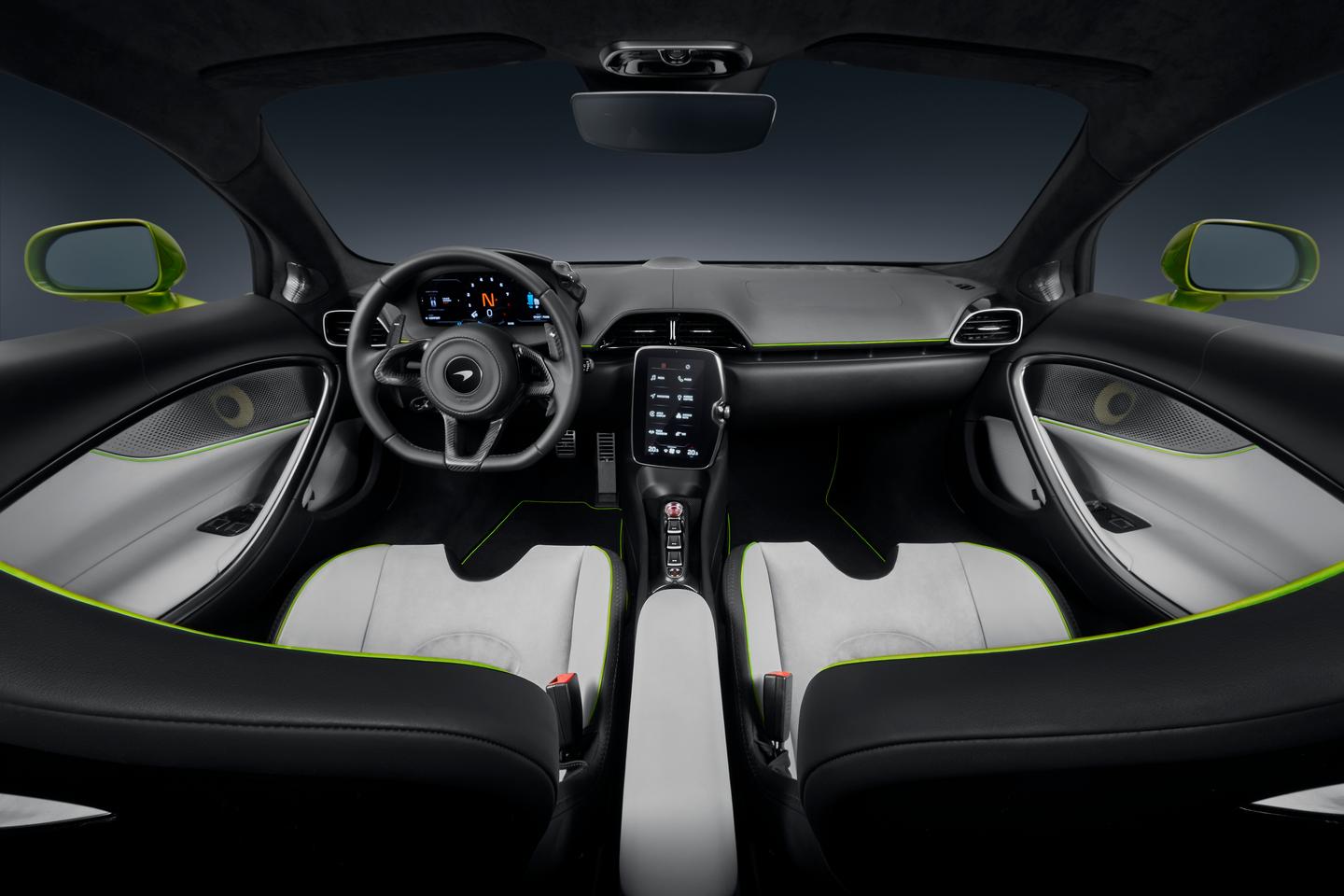
McLaren
The interior will look familiar to drivers of previous McLarens, but while it’s still pretty stark and focused, the Artura aspires to greater comfort with 10-way adjustable heated sports seats and fluid-filled engine mounts designed to isolate the cabin from vibrations. The specially-designed Pirelli tires have a vibration-reducing sponge in them as well, to cut down on noise and vibration from the road.
The vertically-oriented infotainment screen is new as well, and now offers Android Auto and Apple CarPlay. And there’s now ambient lighting through the cabin to make it look like a spaceship for the kids.
Pricing in the US will start at US$225,000, placing it in between the low-end “sports series” 570S ($191,100) and the mid-range 600LT ($242,500), and well below the $300,000 720S. That would seem to be a pretty great price considering the leap in technology, efficiency and performance this car represents over the last generation. Orders are open now, with deliveries starting in Q3 this year.
Check out a video below.
McLaren Artura revealed – launch of all new hybrid supercar
Source: McLaren

